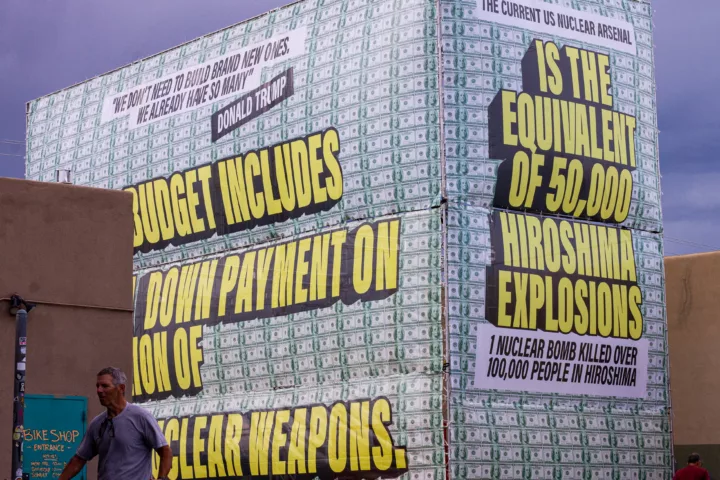Our hearts and prayers go out go out to the people of Japan.
As Japan is faced with the possibility of nuclear meltdowns in five earthquake-damaged nuclear reactors, the U.S. and other countries are re-considering nuclear plans. While it is unlikely that radiation that has leaked or will leak from the Japanese reactor accidents will reach the United States. This could change if there is an explosion and/or fire affecting one or more of the reactor cores or spent fuel pools. The accident at Chernobyl (25th anniversary is April 26th) affected the entire Northern Hemisphere because of a massive explosion in the core, and an out-of-control fire that burned for days. This same scenario is unlikely in Japan. But reactors have been damaged beyond repair and old questions are being raised again.
In the U.S., Sen. Joe Lieberman (I-Conn.) and Democratic Rep. Ed Markey of Massachusetts have made statements – “But I think we’ve got to kind of quietly put, quickly put, the brakes on until we can absorb what has happened in Japan as a result of the earthquake and the tsunami and then see what more, if anything, we can demand of the new power plants that are coming on line,” Lieberman stated. “Any plant that is being considered for a seismically vulnerable area in the United States should be reconsidered right now,” Markey said, adding that the Japanese earthquake registering 8.9 in magnitude was “a hundred times greater in intensity” than the level that U.S. plants are built to withstand.
Countries in Europe are pausing to re-consider, also. Japan’s nuclear emergency Monday prompted Germany and Switzerland to halt nuclear programmes as anxious Europe scrambled to review cross-border safety while safeguarding the powerful industry. More
Why were the Fukushima reactors at sea level? Japan’s nuclear accident exposes the dilemma of whether to build power plants on tsunami-prone coasts or inland sites where water supplies are unreliable, a problem likely to be aggravated by climate change, experts say. (More from Reuters)
What happened at the Fukushima plant? “Three of its six reactors were in operation when the earthquake hit. The reactors — which went into service between 1970 and 1979 — are designed to shut down automatically when a quake strikes, and emergency diesel generators began the task of pumping water around the reactors to cool them down. However, these stopped about an hour later. The failure of the back-up generators has been blamed on tsunami flooding by the International Atomic Energy Agency (IAEA).” More –
This event shows how Mother Earth can have her way with the best-made plans. The power company said that that 7.9 was the highest magnitude for which they tested the safety for their No. 1 and No. 2 nuclear power plants in Fukushima. The original magnitude was estimated to be 8.9, which would have been 10 ten times the magnitude 7.9 that the structures were tested for. The Japan Meteorological Agency up-rated Friday’s earthquake to 9.0 on the Richter scale, meaning that it was twice as powerful as initially thought. More
Here at home, we have no commercial reactors in New Mexico, but there are national nuclear weapons facilities, including Los Alamos National Laboratory, which currently has plans for a $5 billion addition to the Lab’s plutonium weapons production complex. This addition, called the Chemistry and Metallurgy Research Replacement project Nuclear Facility (CMRR-NF) is being designed to survive a 7.0 magnitude earthquake without releasing plutonium. Much of the estimated cost is to seismically qualify the CMRR-NF to be built on the fault-ridden Pajarito Plateau. The plans call for a storage vault with the capacity of six metric tons of radioactive materials, such as plutonium.
Now would be a good time to re-consider any plans that make us feel invincible.

